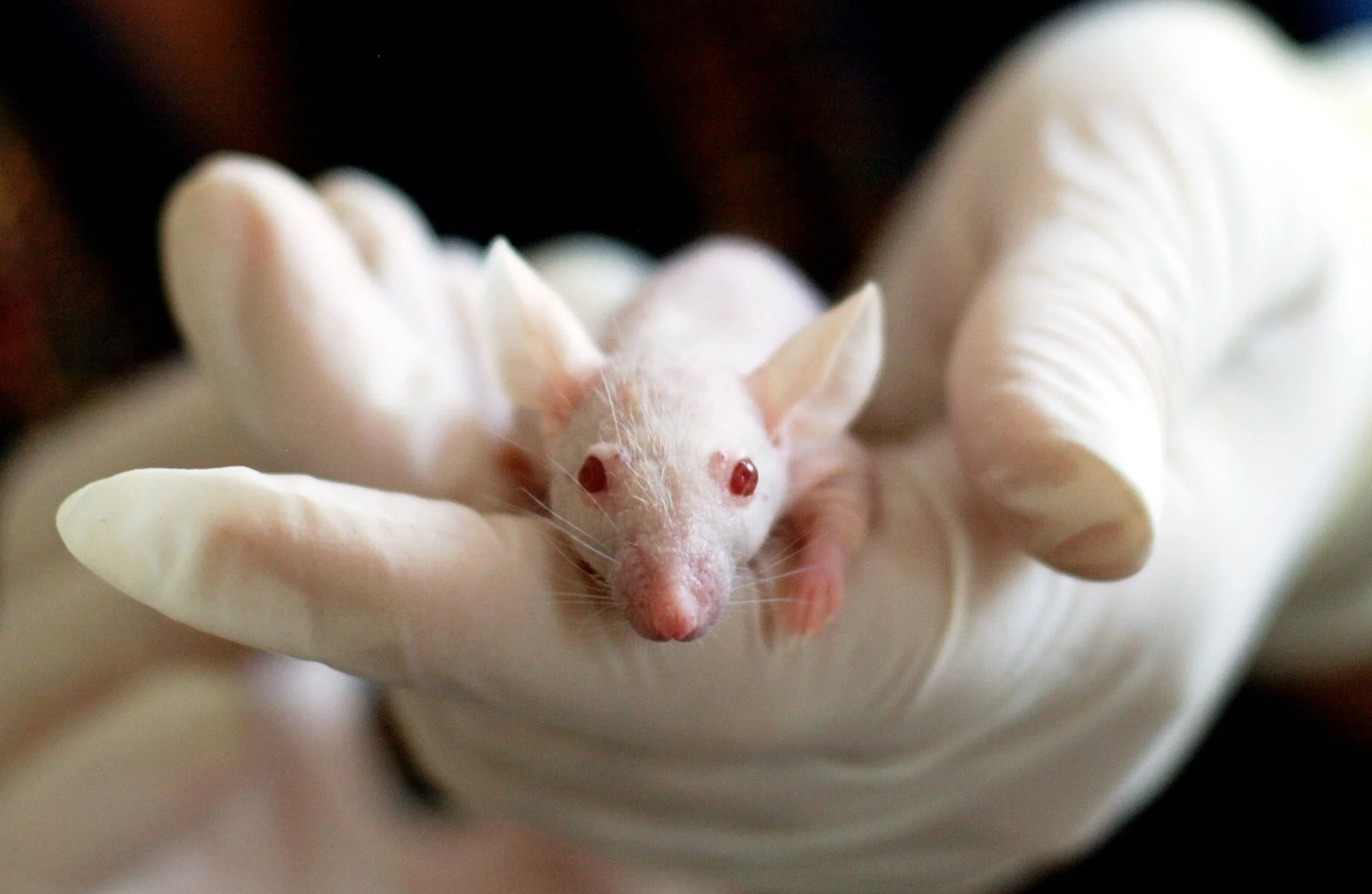On April 11, the FDA announced that it will partner with Emulate Inc. in a multi-year research and development program to test the effectiveness and possible applications of the company’s “organs-on-chips,” a new technology that could revolutionize preclinical testing for drugs, food, and cosmetics.[1]
Each chip, at roughly the size of a thumb, is made of a clear flexible polymer and contains small microfluidic channels filled with living human cells.[2] Normal mechanical functions of full sized organs, such as breathing motions in the lungs and peristalsis in the digestive system, can be simulated using the chips, meaning that the chips imitate the functions of full-sized organs in a micro-scale environment.[2,3] Further, the translucent exterior of the chips provides an up-close view into the processes undertaken by different human organs.[2] Due to the complex simulations and cell arrangements at work in the technology, these chips offer a new level of tissue and organ functionality that cannot be achieved in standard culture systems, making them useful for testing in a way that parallels actual human organ functioning.[4]
Currently, organs-on-chips can replicate the functions of a variety of systems including the lungs, intestines, kidneys, skin, bone marrow, and blood-brain barrier.[2] Under the FDA’s agreement, research will be centered around the liver-chip, but if results are promising, the agreement could expand to encompass other organs and organ systems as well.[1] Since the liver is where drugs are primarily processed, the liver-chips provide a gateway for understanding the toxicity of different medications.[3] While the chips were initially developed with the goal of improving prescription drug testing, due to their ability to simulate organs within the body, the organ-chips provide an ideal environment for testing many types of consumer products. [1] Researchers can therefore use the chips to predict how the human body will react to different chemicals and ingredients present in everyday products by translating information obtained from cellular-level reactions to the potential toxicity threat to full-sized organs.[1] Ultimately, through the use of organs-on-chips, the FDA hopes to accurately predict how different organs will respond following exposure to foods, cosmetics, or supplements.[1] This means that the chips, if successful, will provide a screening for potential product hazards.
Researchers hope that the chips will be more effective than cell cultures and animal testing, methods that can be troublesome in terms of accuracy and ethicality.[3] Cell cultures produce a less accurate and dynamic recreation of organs compared to the chips, and animal testing, while often reliable, is not foolproof, as animals and humans sometimes issue different responses to products.[5] For instance, chocolate is toxic to dogs but not humans- discrepancies like these pose a problem to effective testing.[5] Further, as more citizens continue to view fair ethical treatment of animal as a priority, organs-on-chips could help facilitate the elimination of animal testing altogether. Kathy Guillermo, Senior Vice-President of PETA, responded to the FDA’s recent decision by noting, “Animals don’t have to suffer through poisoning tests to improve health care for humans, and we’re thrilled that the FDA is taking action.”[5]
While organ-on-chip technology holds promise for a better and more ethical way of testing consumer products, research is still in the early phases, and it will take time for chip technology to be an effective alternative to animal testing. Geraldine Hamilton, Emulate’s chief executive, acknowledged that even if a liver-on-chip is able to process a toxin, the same toxin might produce a negative response in other organs of the body.[5] Researchers are currently investigating ways to link up to ten chips together to effectively eliminate this issue, but according to Hamilton, “[Emulate has] a lot to do between now and then.”[5]
Sources
Fitzpatrick, Suzanne. “‘Organs-on-Chips’ Technology: FDA Testing Groundbreaking Science.” U.S. Food & Drug Administration. Published April 11, 2017. https://blogs.fda.gov/fdavoice/index.php/2017/04/organs-on-chips-technology-fda-testing-groundbreaking-science/
“Human Organs-on-Chips.” Wyss Institute for Biologically Inspired Engineering. https://wyss.harvard.edu/technology/human-organs-on-chips/
Ramsey, Lydia. “The FDA just struck a deal that could replace animal testing with a tiny chip.” Business Insider. Published April 11, 2017. http://www.businessinsider.com/fda-animal-testing-organs-on-chips-2017-4
Bhatia, Sangeeta and Donald Ingber. “Microfluidic organs-on-chips.” Nature Biotechnology. Published August 5, 2014. http://www.nature.com/nbt/journal/v32/n8/full/nbt.2989.html
Reardon, Sara. “Miniature liver on a chip could boost US food safety.” Nature. Published April 12, 2017. http://www.nature.com/news/miniature-liver-on-a-chip-could-boost-us-food-safety-1.21818
